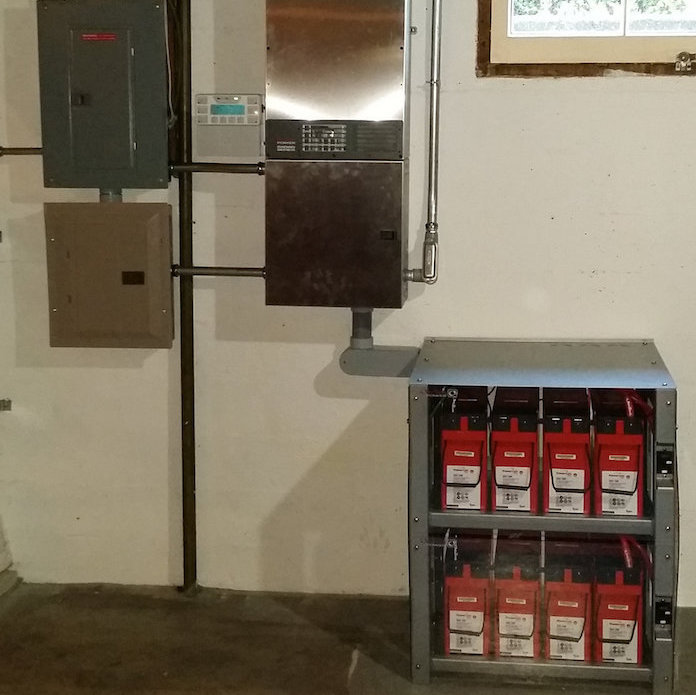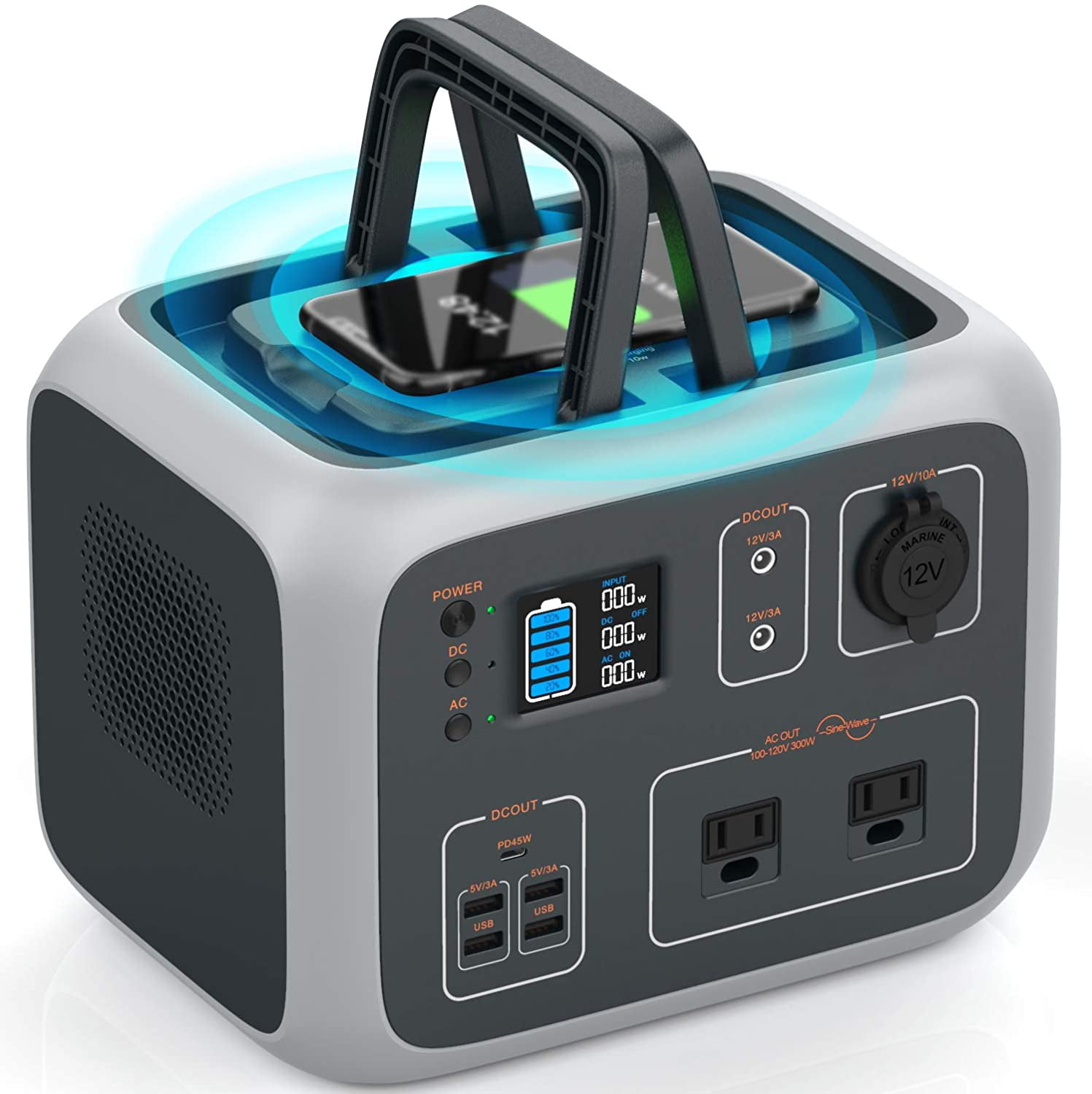

The Gateway is connected to your main fuse board.This might be near the Powerwall or near your electricity import meter. Then your Backup Gateway – the brains of the system – is mounted on the wall.At this point the Powerwall is hanging nicely on your wall.The Powerwall is lifted up and then eased back down onto the mounting bracket.Next, the Powerwall is carefully placed upright onto a hoist.One of the electricians then screws a mounting bracket from the box into the wall.The Powerwall box is taken out of the delivery van and moved gently to the base of the wall where it will be installed.Here is a typical installation process for the Powerwall: How is the Powerwall wired up in your home?Īt least two people will turn up on installation day, as the Powerwall is very heavy.

The Gateway can provide up to 5 kW of continuous power, with a peak rating of 7 kW. The first clue you’ll get that there is no electricity in the area is when your neighbours come round asking why your lights are still on! In fact, you may not even notice there is a power-cut at all. The Backup function kicks in very quickly in a power outage.
Battery backup for home uk plus#
In addition, Backup Gateway 2 for Tesla Powerwall provides you with energy management and monitoring for solar electricity self-consumption, plus time-based control. In this way, the Backup Gateway makes your solar inverter think it is still connected to the grid, and so it carries on working. It completely isolates your house from the grid. However, the Backup Gateway gets round this problem. Solar inverters have to – by law – turn off if there is a power-cut, otherwise the electricity from your panels might electrocute an engineer working to repair the line.


 0 kommentar(er)
0 kommentar(er)
